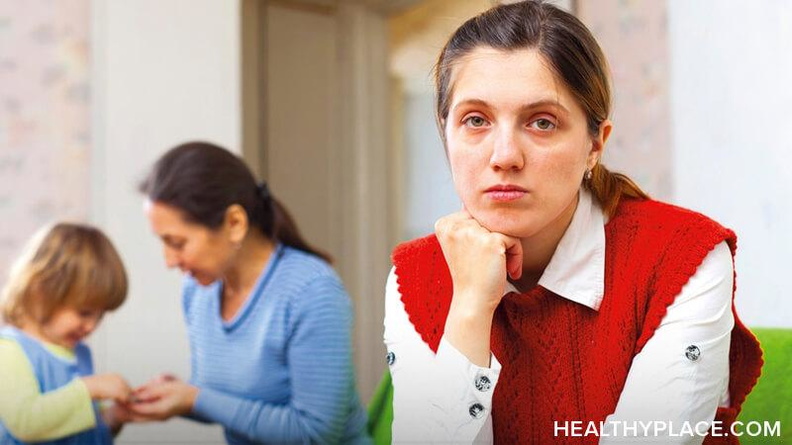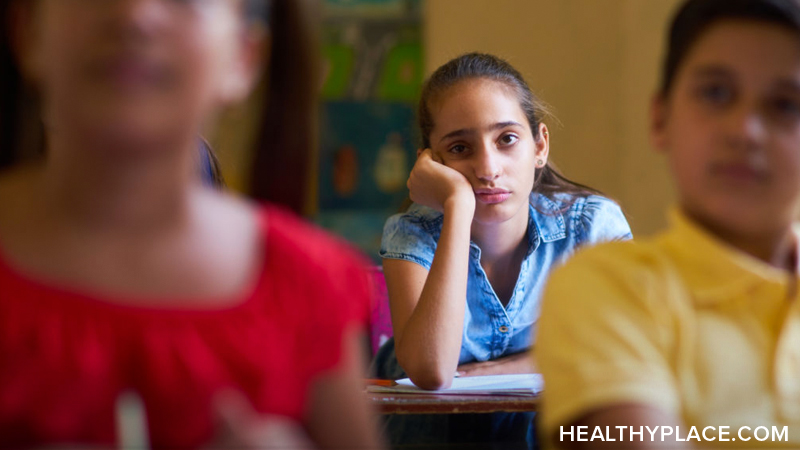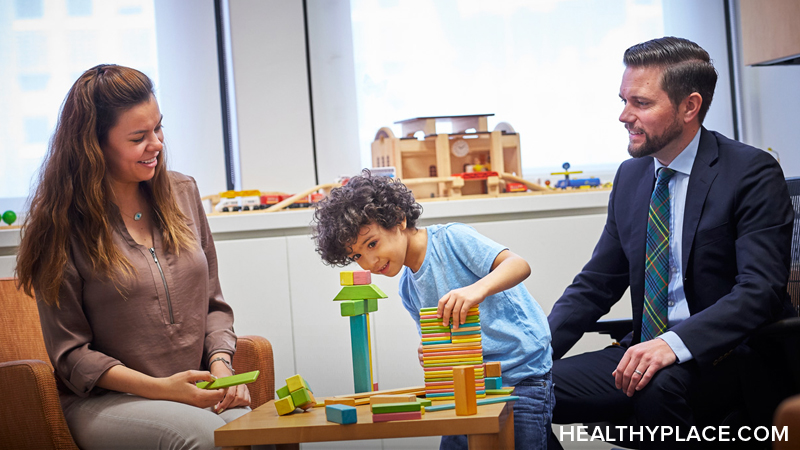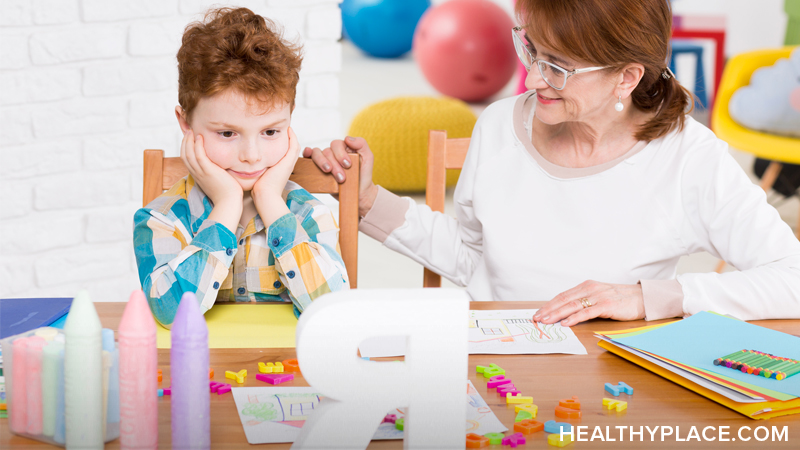Discovering You Have A Special Needs Child: You Are Not Alone
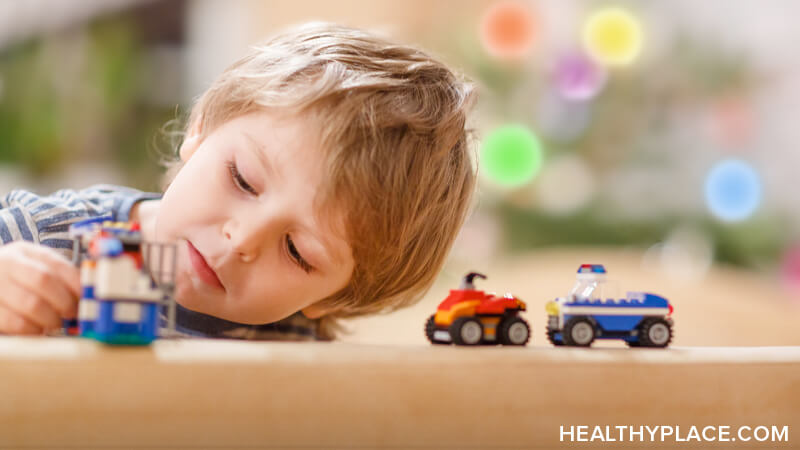
Suggestions for parents dealing with the emotional trauma of learning their child has a psychiatric, learning or other disability.
If you have recently learned that your child is developmentally delayed or has a disability (which may or may not be completely defined), this message may be for you. It is written from the personal perspective of a parent who has shared this experience and all that goes with it.
When parents learn about any difficulty or problem in their child's development, this information comes as a tremendous blow. The day my child was diagnosed as having a disability, I was devastated -- and so confused that I recall little else about those first days other than the heartbreak. Another parent described this event as a "black sack" being pulled down over her head, blocking her ability to hear, see, and think in normal ways. Another parent described the trauma as "having a knife stuck" in her heart. Perhaps these descriptions seem a bit dramatic, yet it has been my experience that they may not sufficiently describe the many emotions that flood parents' minds and hearts when they receive any bad news about their child.
Many things can be done to help yourself through this period of trauma. That is what this article is all about. In order to talk about some of the good things that can happen to alleviate the anxiety, let us first take a look at some of the reactions that occur.
Common Reactions to Learning Your Child Has a Disability
On learning that their child may have a disability, most parents react in ways that have been shared by all parents before them who have also been faced with this disappointment and with this enormous challenge. One of the first reactions is that of denial -- "This cannot be happening to me, to my child, to our family." Denial rapidly merges with anger, which may be directed toward the medical personnel who were involved in providing information about the child's problem. Anger can also color communication between husband and wife or with grandparents or significant others in the family. Early on, it seems that the anger is so intense that it touches almost anyone because it is triggered by the feelings of grief and inexplicable loss that one does not know how to explain or deal with.
Fear is another immediate response. People often fear the unknown more than they fear the known. Having a complete diagnosis and some knowledge of the child's future prospects can be easier than uncertainty. In either case, however, fear of the future is a common emotion: "What is going to happen to this child when he is five years old, when he is twelve, when he is twenty-one? What is going to happen to this child when I am gone?" Then other questions arise: "Will he ever learn? Will he ever go to college? Will he or she have the capability of loving and living and laughing and doing all the things that we had planned?"
Other unknowns also inspire fear. Parents fear that the child's condition will be the very worst it possibly could be. Over the years, I have spoken with so many parents who said that their first thoughts were totally bleak. One expects the worst. Memories return of persons with disabilities one has known. Sometimes there is guilt over some slight committed years before toward a person with a disability. There is also fear of society's rejection, fears about how brothers and sisters will be affected, questions as to whether there will be any more brothers or sisters in this family, and concerns about whether the husband or wife will love this child. These fears can almost immobilize some parents.
Then there is guilt -- guilt and concern about whether the parents themselves have caused the problem: "Did I do something to cause this? Am I being punished for something have done? Did I take care of myself when I was pregnant? Did my wife take good enough care of herself when she was pregnant?" For myself, I remember thinking that surely my daughter had slipped from the bed when she was very young and hit her head, or that perhaps one of her brothers or sisters had inadvertently let her drop and didn't tell me. Much self-reproach and remorse can stem from questioning the causes of the disability.
Guilt feelings may also be manifested in spiritual and religious interpretations of blame and punishment. When they cry, "Why me?" or "Why my child?", many parents are also saying, "Why has God done this to me?" How often have we raised our eyes to heaven and asked: "What did I ever do to deserve this?" One young mother said, "I feel so guilty because all my life I had never had a hardship and now God has decided to give me a hardship."
Confusion also marks this traumatic period. As a result of not fully understanding what is happening and what will happen, confusion reveals itself in sleeplessness, inability to make decisions, and mental overload. In the midst of such trauma, information can seem garbled and distorted. You hear new words that you never heard before, terms that describe something that you cannot understand. You want to find out what it is all about, yet it seems that you cannot make sense of all the information you are receiving. Often parents are just not on the same wavelength as the person who is trying to communicate with them about their child's disability.
Powerlessness to change what is happening is very difficult to accept. You cannot change the fact that your child has a disability, yet parents want to feel competent and capable of handling their own life situations. It is extremely hard to be forced to rely on the judgments, opinions, and recommendations of others. Compounding the problem is that these others are often strangers with whom no bond of trust has yet been established.
Disappointment that a child is not perfect poses a threat to any parents' egos and a challenge to their value system. This jolt to previous expectations can create a reluctance to accept one's child as a valuable, developing person.
Rejection is another reaction that parents experience. Rejection can be directed toward the child or toward the medical personnel or toward other family members. One of the more serious forms of rejection, and not that uncommon, is a "death wish" for the child -- a feeling that many parents report at their deepest points of depression.
During this period of time when so many different feelings can flood the mind and heart, there is no way to measure how intensely a parent may experience this constellation of emotions. Not all parents go through these stages, but it is important for parents to identify with all of the potentially troublesome feelings that can arise so that they will know that they are not alone. There are many constructive actions that you can take immediately, and there are many sources of help, communication, and reassurance.
Where to Find Support When You Learn Your Child Has Special Needs
Seek The Assistance Of Another Parent
There was a parent who helped me. Twenty-two hours after my own child's diagnosis, he made a statement that I have never forgotten: "You may not realize it today, but there may come a time in your life when you will find that having a daughter with a disability is a blessing." I can remember being puzzled by these words, which were nonetheless an invaluable gift that lit the first light of hope for me. This parent spoke of hope for the future. He assured me that there would be programs, there would be progress, and there would be help of many kinds and from many sources. And he was the father of a boy with mental retardation.
My first recommendation is to try to find another parent of a child with a disability, preferably one who has chosen to be a parent helper and seek his or her assistance. All over the United States and over the world, there are Parent-Helping-Parent Programs. The National Information Center for Children and Youth with Disabilities has listings of parent groups that will reach out and help you.
Talk With Your Mate, Family, And Significant Others
Over the years, I have discovered that many parents don't communicate their feelings regarding the problems their children have. One spouse is often concerned about not being a source of strength for the other mate. The more couples can communicate at difficult times like these, the greater their collective strength. Understand that you each approach your roles as parents differently. How you will feel and respond to this new challenge may not the same. Try to explain to each other how you feel; try to understand when you don't see things the same way.
If there are other children, talk with them, too. Be aware of their needs. If you are not emotionally capable of talking with your children or seeing to their emotional needs at this time, identify others within your family structure who can establish a special communicative bond with them. Talk with significant others in your life -- your best friend, your own parents. For many people, the temptation to close up emotionally is great at this point, but it can be so beneficial to have reliable friends and relatives who can help to carry the emotional burden.
Rely On Positive Sources In Your Life
One positive source of strength and wisdom might be your minister, priest, or rabbi. Another may be a good friend or counselor. Go to those who have been a strength before in your life. Find the new sources that you need now.
A very fine counselor once gave me a recipe for living through a crisis: "Each morning, when you arise, recognize your powerlessness over the situation at hand, turn this problem over to God, as you understand Him, and begin your day."
Whenever your feelings are painful, you must reach out and contact someone. Call or write or get into your car and contact a real person who will talk with you and share that pain. Pain divided is not nearly so hard to bear as is pain in isolation. Sometimes professional counseling is warranted; if you feel that this might help you, do not be reluctant to seek this avenue of assistance.
How to Make It Through the Difficult Feelings After Finding Your Child Has Special Needs
Take One Day At A Time
Fears of the future can immobilize one. Living with the reality of the day which is at hand is made more manageable if we throw out the "what if's" and "what then's" of the future. Even though it may not seem possible, good things will continue to happen each day. Worrying about the future will only deplete your limited resources. You have enough to focus on; get through each day, one step at a time.
Learn The Terminology
When you are introduced to new terminology, you should not be hesitant to ask what it means. Whenever someone uses a word that you don't understand, stop the conversation for a minute and ask the person to explain the word.
Seek Information
Some parents seek virtually "tons" of information; others are not so persistent. The important thing is that you request accurate information. Don't be afraid to ask questions, because asking questions will be your first step in beginning to understand more about your child.
Learning how to formulate questions is an art that will make life a lot easier for you in the future. A good method is to write down your questions before entering appointments or meetings, and to write down further questions as you think of them during the meeting. Get written copies of all documentation from physicians, teachers, and therapists regarding your child. It is a good idea to buy a three-ring notebook in which to save all the information that is given to you. In the future, there will be many uses for the information that you have recorded and filed; keep it in a safe place. Again, remember always to ask for copies of evaluations, diagnostic reports, and progress reports. If you are not a naturally organized person, just get a box and throw all the paperwork in it. Then when you really need it, it will be there.
Do Not Be Intimidated
Many parents feel inadequate in the presence of people from the medical or educational professions because of their credentials and, sometimes, because of their professional manner. Do not be intimidated by the educational backgrounds of these and other personnel who may be involved in treating or helping your child. You do not have to apologize for wanting to know what is occurring. Do not be concerned that you are being a bother or are asking too many questions. Remember, this is your child, and the situation has a profound effect on your life and on your child's future. Therefore, it is important that you learn as much as you can about your situation.
Do Not Be Afraid To Show Emotion
So many parents, especially dads, repress their emotions because they believe it to be a sign of weakness to let people know how they are feeling. The strongest fathers of children with disabilities whom I know are not afraid to show their emotions. They understand that revealing feelings does not diminish one's strength.
Learn to Deal with Natural Feelings of Bitterness and Anger
Feelings of bitterness and anger are inevitable when you realize that you must revise the hopes and dreams you originally had for your child. It is very valuable to recognize your anger and to learn to let go of it. You may need outside help to do this. It may not feel like it, but life will get better and the day will come when you will feel positive again. By acknowledging and working through your negative feelings, you will be better equipped to meet new challenges, and bitterness and anger will no longer drain your energies and initiative.
Maintain A Positive Outlook
A positive attitude will be one of your genuinely valuable tools for dealing with problems. There is, truly, always a positive side to whatever is occurring. For example, when my child was found to have a disability, one of the other things pointed out to me was that she was a very healthy child. She still is. The fact that she has had no physical impairments has been a great blessing over the years; she has been the healthiest child I have ever raised. Focusing on the positives diminishes the negatives and makes life easier to deal with.
Keep In Touch With Reality
To stay in touch with reality is to accept life the way it is. To stay in touch with reality is also to recognize that there are some things that we can change and other things that we cannot change. The task for all of us is learning which things we can change and then set about doing that.
Remember That Time Is On Your Side
Time heals many wounds. This does not mean that living with and raising a child who has problems will be easy, but it is fair to say that, as time passes, a great deal can be done to alleviate the problem. Therefore, time does help!
Find Programs For Your Child
Even for those living in isolated areas of the country, assistance is available to help you with whatever problems you are having. NICHCY's State Resource Sheets list contact persons who can help you get started in gaining the information and assistance you need. While finding programs for your child with a disability, keep in mind that programs are also available for the rest of your family.
Take Care Of Yourself
In times of stress, each person reacts in his or her own way. A few universal recommendations may help: Get sufficient rest; eat as well as you can; take time for yourself; reach out to others for emotional support.
Avoid Pity
Self-pity, the experience of pity from others, or pity for your child are actually disabling. Pity is not what is needed. Empathy, which is the ability to feel with another person, is the attitude to be encouraged.
Decide How To Deal With Others
During this period, you may feel saddened by or angry about the way people are reacting to you or your child. Many people's reactions to serious problems are caused by a lack of understanding, simply not knowing what to say, or fear of the unknown. Understand that many people don't know how to behave when they see a child with differences, and they may react inappropriately. Think about and decide how you want to deal with stares or questions. Try not to use too much energy being concerned about people who are not able to respond in ways you might prefer.
Keep Daily Routines As Normal As Possible
My mother once told me, "When a problem arises and you don't know what to do, then you do whatever it was that you were going to do anyway." Practicing this habit seems to produce some normalcy and consistency when life becomes hectic.
Remember That This Is Your Child
This person is your child, first and foremost. Granted, your child's development may be different from that of other children, but this does not make your child less valuable, less human, less important, or in less need of your love and parenting. Love and enjoy your child. The child comes first; the disability comes second. If you can relax and take the positive steps just outlined, one at a time, you will do the best you can, your child will benefit, and you can look forward to the future with hope.
Recognize That You Are Not Alone
The feeling of isolation at the time of diagnosis is almost universal among parents. In this article, there are many recommendations to help you handle feelings of separateness and isolation. It helps to know that these feelings have been experienced by many, many others, that understanding and constructive help are available to you and your child, and that you are not alone.
About the Author
Patricia Smith brings much personal and professional experience to the national parent and disability movement. She is currently the Executive Director of the National Parent Network on Disabilities. She has served as the Acting Assistant and Deputy Assistant Secretary in the Office of Special Education and Rehabilitative Services, in the U.S. Department of Education. She has also served as the Deputy Director of NICHCY, where she wrote and first published You Are Not Alone. She has traveled to almost every corner of the United States, as well as internationally, to share her hope and experience with families who have a member with a disability.
Ms. Smith has seven adult children, the youngest of whom has multiple disabilities. She also has a seven-year-old adopted grandson who has Down syndrome.
Source: Kid Source Online
APA Reference
Staff, H.
(2022, January 17). Discovering You Have A Special Needs Child: You Are Not Alone, HealthyPlace. Retrieved
on 2025, November 11 from https://www.healthyplace.com/parenting/stress/discovering-you-have-a-special-needs-child


